One good piece of fuel cell news after another: Businesses on the stock exchange, such as the ones discussed in these news articles, have announced a series of large orders, new strategic partnerships, technological advances and new investors (also strategic ones), and some (quarterly) results or forecasts promise interesting times ahead on the way to a hydrogen society. Share prices are gradually starting to reflect the positive development – slowly but surely, even if after a long-term slump from 2002 through 2017, some seem not very steady but show large fluctuations (temporary profit-taking, technical responses). That’s the stock market for you. But: The trend is your friend.
The figures for 2017’s first quarter provided a perfect start to the current fiscal year at Ballard: USD 22.7 million in total revenue and an adjusted net loss of around USD 0.02 per share. Revenue growth by 39 per cent and a gross profit margin spiking to 42 per cent speak for themselves. Since the first three months are usually the weakest, positive surprises may be in store for the next. Cash reserves are at around USD 68 million despite Ballard’s R&D investment of around USD 10 million.
The conference call offered encouraging prospects for the company’s industry segments. Canadian-based Ballard (NASDAQ: BLDP) had made “great progress” in partnership with the world’s largest railroad manufacturer, Chinese-based CRRC. There had already been an order for eight hydrogen trains that Ballard has helped develop. Important to note: Management went on a week-long trip across China in April to speak with strategic partners, customers and government representatives in person. The outcomes were said to have been excellent and would leave much wiggle room for other positive surprises.
Trucks was another field in which Ballard said it had invested. The Canadian manufacturer is collaborating with Paccar’s subsidiary Kenworth for a two-year test run of special fuel cell trucks transporting containers off ports such as the one in Los Angeles. Even Toyota is testing heavy-duty trucks equipped with fuel cells in the States.
The collaboration with Protonex (drones, fuel cell systems in military use) will still require some time to yield results, since all testing stages will have to be completed before any orders can be placed. That should happen in the third quarter, though. Additionally, it is said that Ballard had gained another partner or customer in this field – like Boeing, a top-tier company, but one that does not want to be named. Another thing not to neglect is that Ballard’s major stakeholder and strategic partner Broad Ocean has upped its order of 10,000 heavy-duty vehicles to 16,000.
Ballard is now working on more than 35 projects, with many renown, globally operating carmakers among them. And it received special recognition on May 12, 2017, in Berlin during the GreenTec Awards for its groundbreaking project deploying fuel cell buses in Aberdeen, UK.
The press has begun to take notice of fuel cells and green hydrogen. There are now numerous reports, opinion pieces and product descriptions about the technology. It wasn’t always like this and it shows that there is increasing momentum for generating and using hydrogen in many fields.
Risk warning
Investors must understand that buying and selling shares is done at their own risk. Consider spreading the risk as a sensible precaution. The fuel cell companies mentioned in this article are small and mid-cap ones, i.e., they do not represent stakes in big companies and the volatility is significantly higher. This article is not to be taken as a recommendation of what shares to buy or sell – it comes without any explicit or implicit guarantee or warranty. All information is based on publicly available sources and the assessments put forth in this article represent exclusively the author’s own opinion. This article focuses on mid-term and long-term perspectives and not short-term profit. The author may own shares in any of the companies mentioned in this article.
Author: Sven Jösting, written May 2017




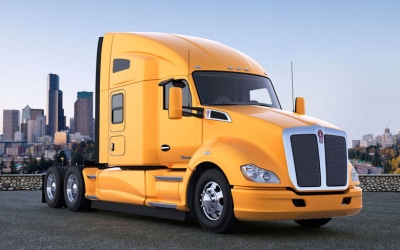






















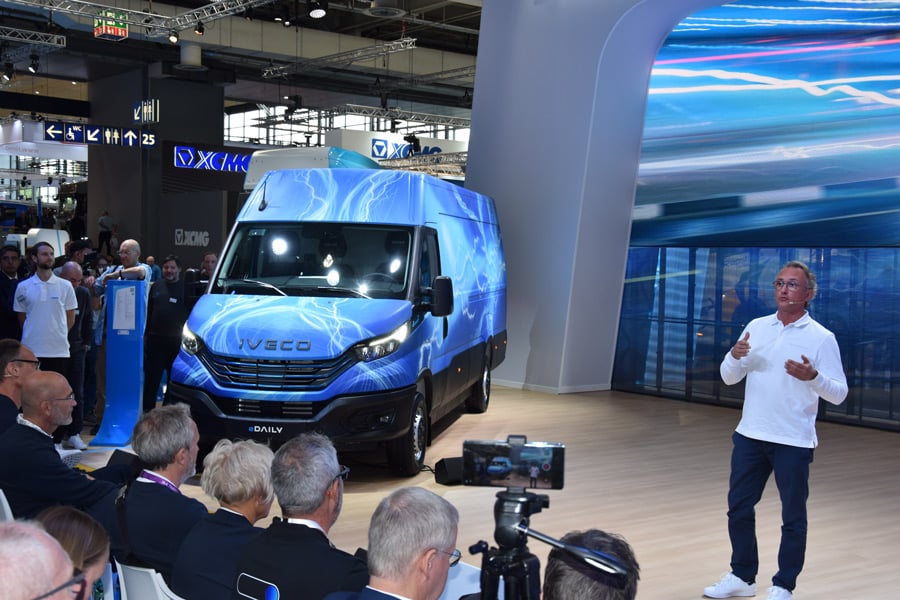
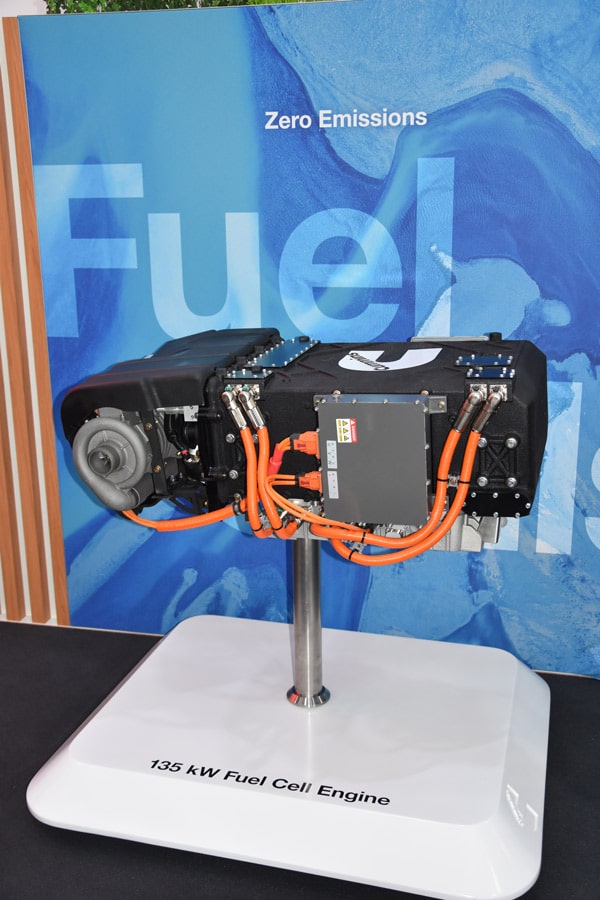
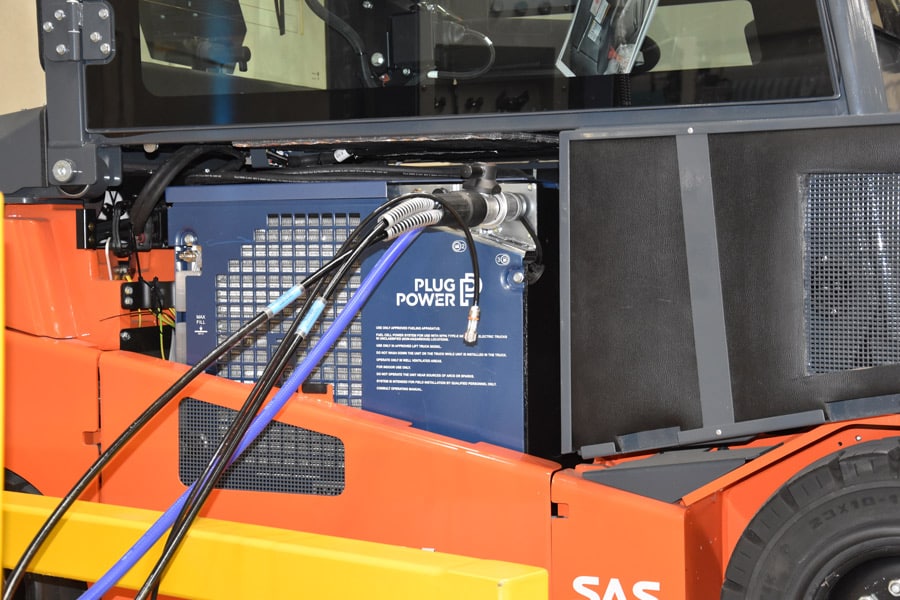
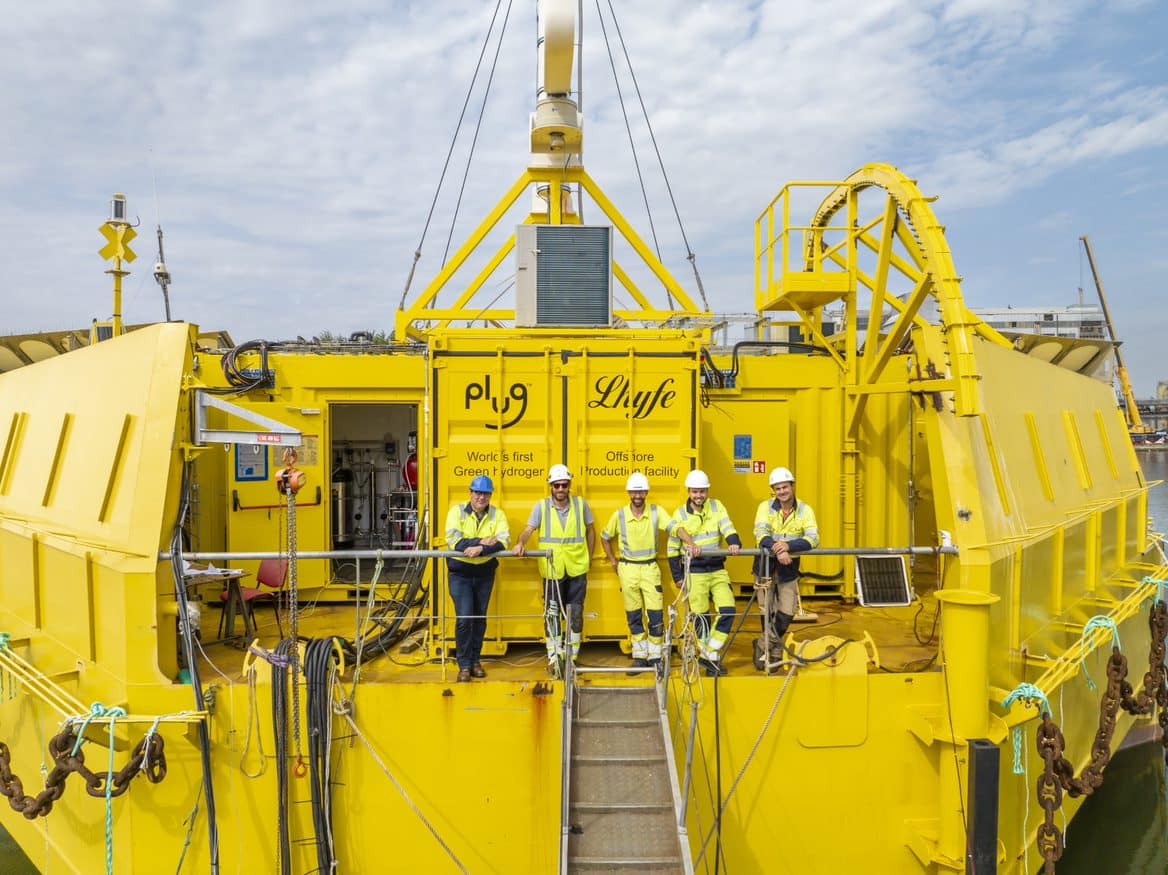
0 Comments